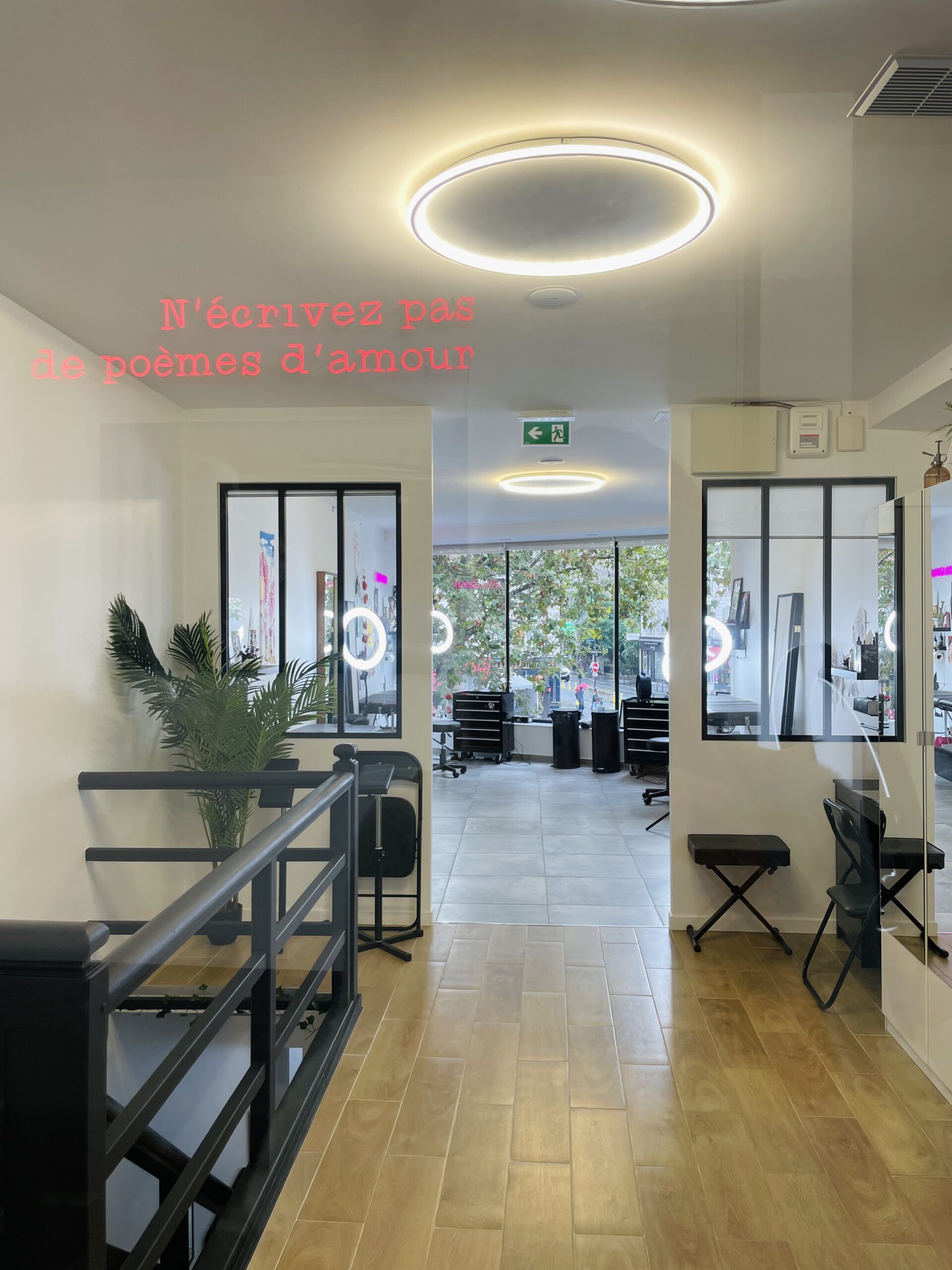Endless Ink: Body Art as a Perpetual Fashion Statement
Body art have long evolved beyond their origins as symbols of rebellion or identity, evolving into an enduring fashion statement embraced by individuals across varied cultures and generations. From ancient tribal tattoos to modern intricate designs, body art has found its place in the world of fashion, allowing individuals to express their unique identities and personal narratives. In a society steadily focused on individuality, tattoos offer a canvas for expressing oneself that is both intimate and public.
As we examine the relationship between tattoos and fashion, it becomes clear that these inked designs are not merely fleeting trends but everlasting accessories that reflect the wearer's story. Tattoo studios have arisen as creative havens where artistry meets body, serving to those who view tattoos as a means of showcasing their style. Whether adorning arms, legs, or even more concealed places, these artful designs contribute to the broader tapestry of personal fashion, demonstrating that tattoos truly fit in the realm of evergreen accessories.
The Art of Tattooing
Tattooing is a craft that surpasses eras and culture, serving as a powerful medium for self-expression and individuality. From historical cultural markings to modern art forms, the evolution of tattoos has mirrored cultural changes and personal narratives. Each design tells a narrative, reflecting the beliefs, values, and uniqueness of the person wearing it. This deep history is what makes the craft of tattooing so compelling, establishing it as more than just a trend, but rather a form of individual and societal significance.

Going to a tattoo studio turns a mere idea into a remarkable piece of art on the skin. Talented tattoo artists blend technical skill with artistic vision to create designs that resonate with their clients. The interplay between ink and skin forms a medium that is uniquely personal, where every detail holds significance for the individual. This artistry requires not only precision but also a profound understanding of how different techniques can evoke feelings and share stories, making tattoos a special collaboration between creator and patron.
As tattoos persist to gain recognition as a common form of personal expression, many venues have appeared that celebrate this diverse art form. Tattoo studios around the world are becoming hubs of creativity, showcasing different styles from classic to modern interpretations. These environments foster a community where people can explore their identities, share experiences, and appreciate the craft involved in tattooing. The art of tattooing is not just a fleeting fashion statement; it remains an lasting medium through which individuals can communicate their core identity and artistic nature.
Social Relevance of Tattoos
Body art have long served as powerful icons within various cultures, signifying identity, beliefs, and social status. In numerous indigenous tribes, body art were utilized to denote significant life occurrences, such as coming of age or victories in battle. These body art practices were commonly rich in traditional narratives, with every design telling a tale that added meaning to the wearer’s identity. As a outcome, tattoos became an fundamental part of cultural tradition, connecting individuals to their past and ancestors.
In current times, tattoos continue to maintain their cultural importance, changing to embrace new meanings while still acknowledging traditional roots. Individuals use tattoos to articulate private philosophies, remember loved ones, or mark significant events. In tattoo studio frankfurt , getting a body art piece has become a rite of passage for numerous, representing their individual life journeys. As the body art studio becomes a artistic locale, it changes into a refuge where customers discover the significances behind their body art, fostering a sense of camaraderie as common experiences are exchanged.
Furthermore, the acceptance of body art in widely accepted culture conveys volumes about shifting societal views. Once viewed as outlawed or linked to counter-culture, body art have now made their way into the mainstream trend, endorsed by notable people and public figures. This recent visibility has helped confront prejudices and foster a greater understanding of the medium, allowing people from all walks of life to understand the importance behind every artwork. The body art studio thus holds a key part in this artistic exchange, connecting the gap between traditional artistry and modern self-expression.
Maintenance and Post-Care for Ink
Taking proper care of your new tattoo is crucial for ensuring it recovers well and keeps its vibrant colors. Immediately after the tattoo session, your tattoo artist will wrap it with a bandage or plastic wrap. It is vital to keep this protective layer on for the recommended amount of time, usually a few hours, to shield the area from germs and dirt. Once you remove the bandage, carefully wash the tattoo with mild soap and lukewarm water, tapping it dry a clean towel.
During the healing process, which usually lasts two to four weeks, it is crucial to keep the tattoo moisturized. Your tattoo studio will likely recommend a specific cream or lotion that is fragrance-free and designed for tattoo care. Apply a light layer of the suggested product several times a day, ensuring you do not apply too much moisture, as too much moisture can lead to discomfort or infection. Avoid scratching or picking at the tattoo, as this can cause scarring and affect the final appearance.
As your tattoo heals, avoid direct sunlight, pools, and soaking in baths to minimize the risk of loss of color and irritation. Once completely healed, shielding your tattoo from sun exposure with sunscreen will help maintain its brilliance. Taking on the aftercare process is a key aspect of your tattoo experience, ultimately allowing you to cherish a piece of art that endures a lifetime.